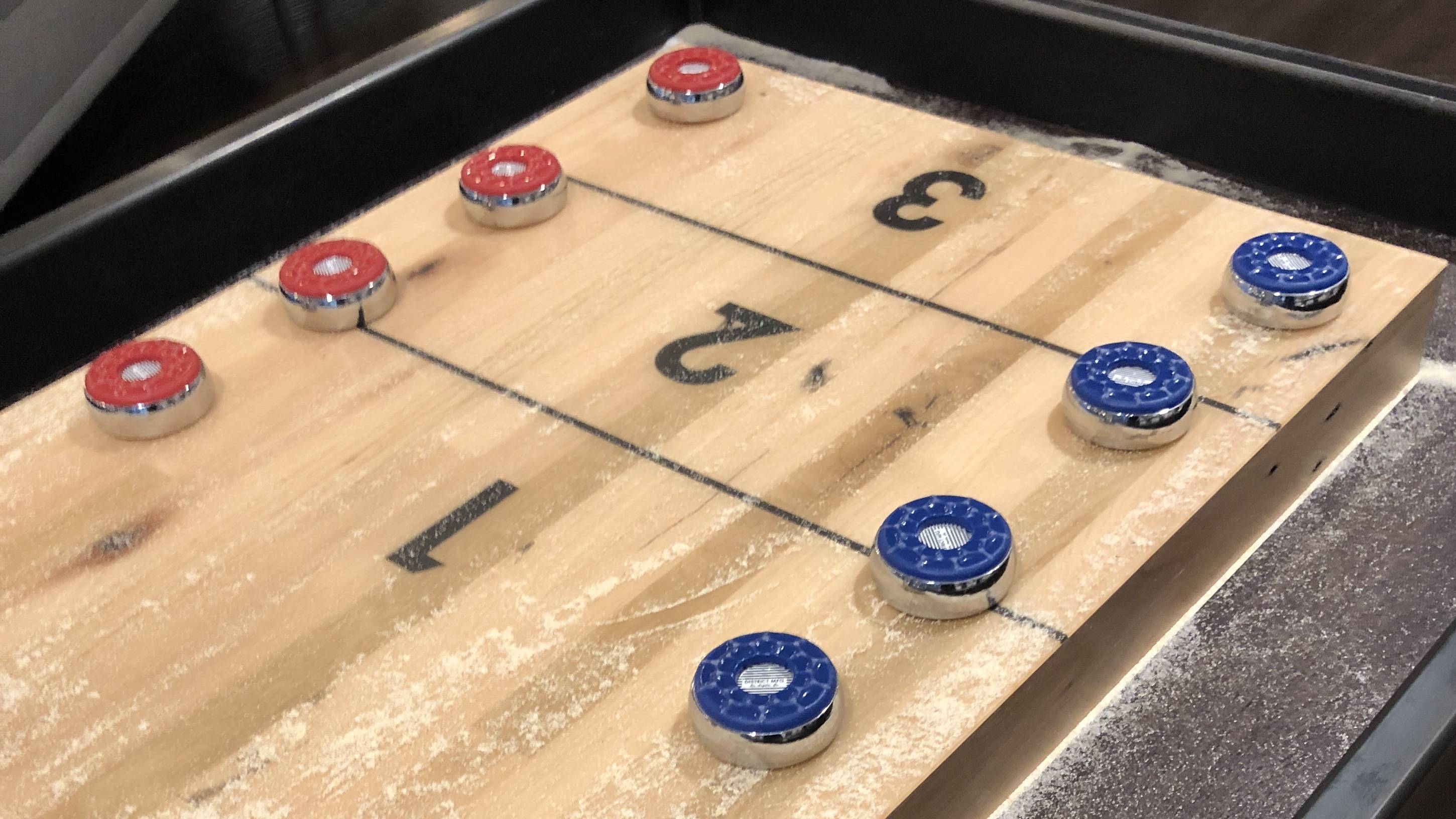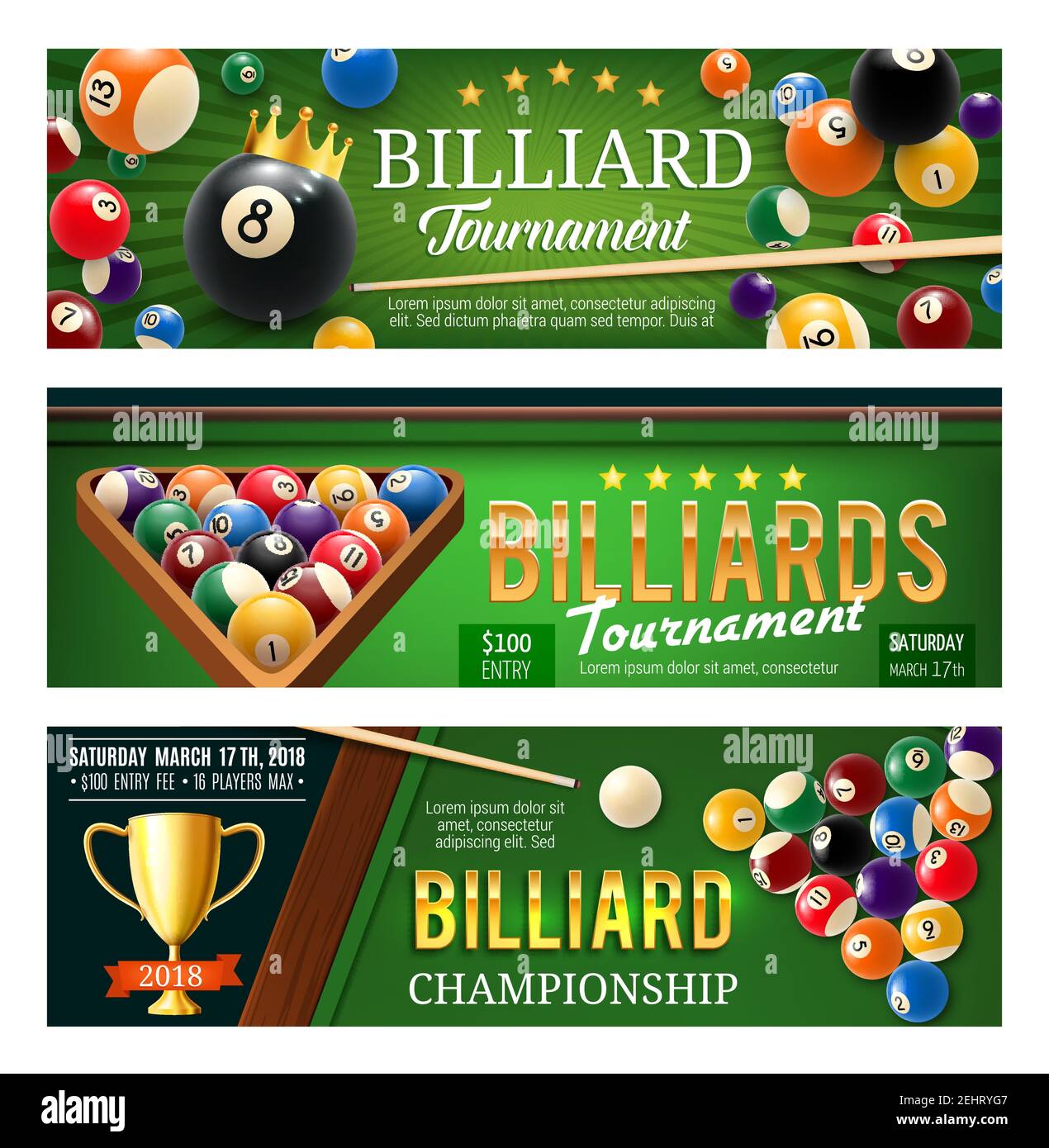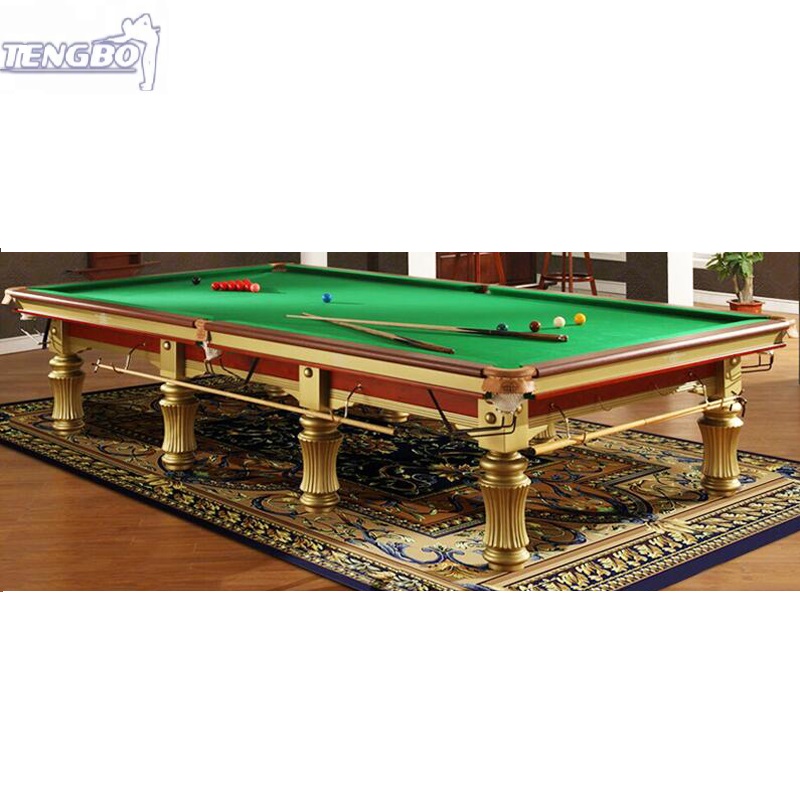
While pool and billards are both very similar, there are a few key differences. They use different table sizes. Billiard tables are larger than pool tables and use bigger balls. Billiards cues have a shorter and thicker cue than pool cues.
Carom billiards uses no pockets
Carom billiards are different from pocket billiards in that they use no pockets to hold the balls. Three balls are used instead of the usual 4. Players shoot the balls with their cue, which should be aimed in such a way as to produce certain ricochet outcomes. These games require great skill and ingenuity. Each player is allowed three turns. Although a player can earn up to 500 points, the highest recorded score is only 427.
The objective of carom billiards is to amass as much score as possible before your opponent, and to do so within a set period of time. Each successful shot counts for one point. There is no penalty for missing a shot. Aramith Carom Balls can be used to play artistic billiards.
Only 3 balls were used
Billiards and pool are two variations of the carom. Both games use three balls, the carom ball and a red ball. The cueball is also used in carom billiards. The yellow and brown balls are the other balls. Both games are played on pool tables that are five by ten feet.

Billiards can be played on a five-by-10 foot table with three balls. Three-cushion Billiards: The cue ball is marked with one black dot. The object is always the red ball. The game's goal is to score the most points.
A directional nap is a distinctive feature of Snooker cloth
The nap of snooker cloth affects the ball's trajectory. It is made entirely of wool and is thick. This is different from carom cloth, which is usually worsted and made for speed. Both cloths serve different purposes and can be used for different games.
You can most easily see the directional difference in a slow shot towards middle pocket. The ball will sink to the side cushion if it isn't being played with any weight. In order to prevent this, aim your shot towards the inside or far jaw of the middle pocket.
Modern billiards cues
Modern billiards utensils are quite different from traditional pool cues. They are made from different materials. In fact, the internal male/female connection points almost always are made from brass or steel. These materials are more resilient to temperature changes and shrink and contract less than other materials. In addition to the materials used to make the cue, many high-quality cues feature precious stones and silver inlays.
Billiards evolved from stick and ball games played outdoors. The game is also known by the name "ground-billiards", and it's very similar with modern games like hockey, croquet, or golf. Modern billiards cues can be used for many different purposes, despite their similarities.

History of billiards
Billiards and pool date back to the 14th century when ground-billiards were invented. While it's not known where the word "billiards” came from, there are two French words that could be its source. The first is billette, which refers the mace stick that's used to banish balls. While the second is bille, which is the French word for tail, it is believed to be billette. Frenchmen are also contributors to the game's evolution, alongside the English-language developers.
In the early eighteenth century, billiards and pool became popular in England and Europe. King Henry VIII and Edward VI attended games of pool. The Archbishop of Glasgow was also present. Cardinal Thomas Wosley wrote a letter to the Archbishop of Glasgow praising the game. Billiards were a noble game. French kings ordered joiners to build their billiard table in 17th century. The game has evolved significantly over the years, with the role played by pockets changing with the times.